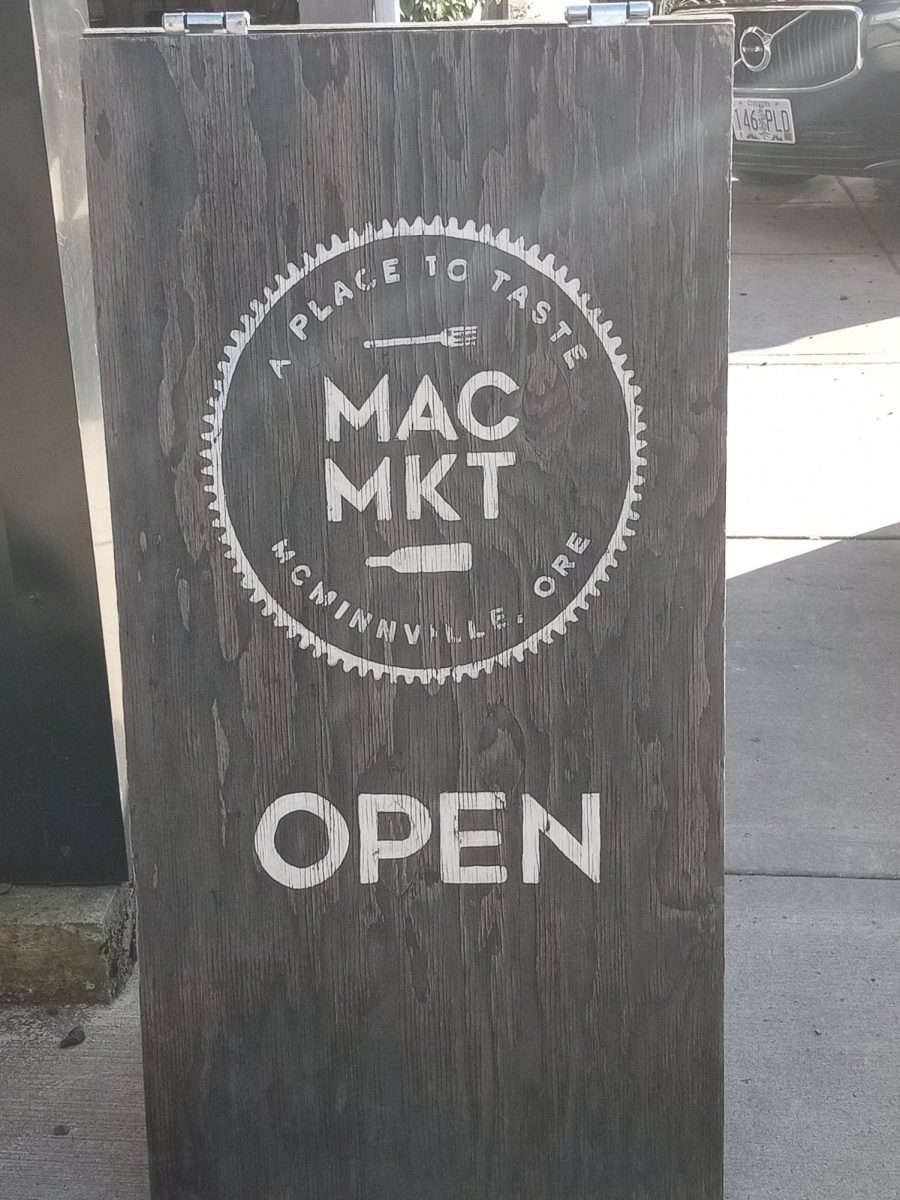In four years, Linfield progressed from having only six projection systems to classrooms equiped with sophisticated Sympodiums, Smartboards and teleconferencing capabilities.
While an official initiative to update the classrooms has not been declared, Linfield is making a strong effort to incorporate new technologies that facilitate learning, Andy Lockhart, multimedia support specialist, said.
“It’s important for us that all classrooms get to a base level of technology,” Lockhart said.
That level is a room equipped with a computer, projection system and audio capabilities, he said.
Linfield has added new technologies to provide the fundamental technological capabilities into classrooms in Walker, Melrose, Taylor and Potter halls, Lockhart said.
But not all classroom designs are formatted for new projectors or Sympodiums, he said. Rooms are evaluated first for their space and the technological knowledge of the professors who use the rooms.
“The
funding plan has been diverse, ranging from grants to departmental funds
to academic funds,” Lockhart said.
This year the business department received two new Sympodiums in Taylor 101 and 201, Lockhart said. The “smart podium” allows professors to create an interactive presentation using digital ink to write on a display.
“It’s the same technology the weathermen are using,” Lockhart said.
Linfield now has 13 classrooms with Smartboards, four with Sympodiums, four with HDTVs and 30 with projector systems.
“We want the technology to be a tool professors use for a reason,” Lockhart said.
Linfield’s greatest technological improvement, however, is its Riley 201 videoconferencing capabilities, which unite both the McMinnville and Portland campuses.
“This has already been beneficial in
meetings and class,” Lockhart said.
Not only is the videoconference technology a way to facilitate collaboration and communication between campuses, it is also a green technology, allowing professors to be in two places at once, he said.
The technology reduces professors’ carbon footprint by eliminating the commute to Portland and allows students on both campuses to take classes only offered at the other location.
“If professors come to a meeting, they’ve already lost two hours in the day just from the commute,” Lockhart said.
Michael Leahy, visiting associate professor of health sciences, teaches International Health with students on both the Portland and McMinnville campuses using the videoconferencing in Riley 201.
“A year and a half ago, that stuff didn’t work out,” Lockhart said.
While Leahy has tried uniting classes on both campuses before, the technology often limited how he could design the class, he said. The new cameras allow the campuses to work together simultaneously.
“For courses like International Health, it’s important to have all kinds of media,” Leahy said.
The videoconference equipment is by far the most advanced technology Linfield has, Leahy said, but the school is still working to add more features to classrooms.
“The library is committed to stretching any funding as far as possible to
increase the classroom technology,” Lockhart said.
To learn more about Smart Technology and its interactive classroom innovations, visit: http://www2.smarttech.com/st/en-us/products.
Chelsea Langevin
Senior reporter Chelsea Langevin can be contacted at [email protected].






